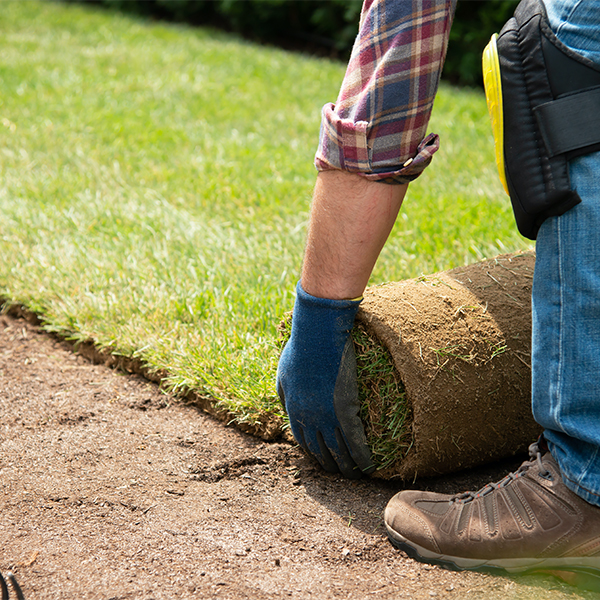Your lawn will benefit from a second application of fertilizer at this time. A typical “step 2” will also control broadleaf weeds. Try to complete all fertilizing before June 20 or before summer heat sets in.
Lawn seeding can become difficult after mid-June. The sod option always exists, and lawn can be sodded throughout the summer (as long as regular irrigation is possible). Lime can still be applied if needed, and aerating to relieve soil compaction can be helpful. Do not attempt to dethatch “spongy” lawns during the summer months. It is way too stressful for turf to try to recover from the process when temperatures exceed 80 degrees F.
Complete the vegetable garden with the warm weather crops such as eggplant and musk melon. Use well established sets, not seeds, as their growing season requirements usually exceed 100 days. A second sowing of beans, chard, or beets can be done at this time. Many row crops will need a side dressing of fertilizer before the end of the month. Sweet corn is a good example.
Get an early start on weed control. This is important whether the technique involves manual removal, machine cultivation, or the use of chemical controls. It is easier to get a handle on weed problems when they are young and definitely before they go to seed.
Finish planting your annuals in containers, hanging baskets, etc. There is still time to plant warm season bulbs including gladiolas, canna lilies, and dahlias. Many flowering tropical favorites make great container specimens for the deck or patio for summer long color.
In the perennial garden check for early signs of disease or damaging insect activity. Check Asiatic lilies for red lily beetle. Preventative fungicide applications on monarda, tall phlox, and peony can prevent problems brought on by wet weather. Pinch back fall asters and chrysanthemum for stronger, bushier plants and better fall displays of color. Right now is a great time to cut back Montauk (Nippon) daisy hard for a better plant in August. Stake peonies, baptisia, Korean mums, and other tall growers that need support if this wasn’t done earlier. Add lime to delphinium and phlox. Check mulch layers around all plants to be sure that stems are not buried.
Wet spring weather can invite slug infestations. Check low growing foliage especially in shady areas (think Hosta). Pet and child friendly chemical controls are available for slug control, including diatomaceous earth.
Prune spring blooming shrubs after they finish flowering. Cut out deadwood from hydrangeas, shrub roses and late leafing shrubs such as rose of Sharon and summersweet.
Many sucking insects are now actively feeding on new growth on viburnums, lilacs, and other spring flowering shrubs. Rose varieties susceptible to disease begin to exhibit fungal spotting on their leaves. An all-inclusive pesticide that systemically controls insect, mite and disease problems (such as Bayer “3 in 1”) can be applied at this time to minimize problems for a period of up to 30 days.
Yard treatments for nuisance pests including ants, ticks, and fleas can be useful when applied now. Treating lawn areas for surface feeding insects with a “step 3” product containing permethrin or similar material to control turf damaging sod webworms and chinch bugs can do double duty. These chemicals will also suppress insects of the annoying household variety.
Aerate compost piles. Inoculate poorly performing compost with some soil, manure, and/or compost accelerator.
Caterpillars continue to be a problem on many deciduous trees, including pears, crabapples, and Japanese cherries. The early season winter moth problem is receding, to be followed by canker worms, leafrollers, and sawfly larvae. An environmentally friendly product such as Spinosad (Captain Jack’s Deadbug Brew) is very effective against all of these.
It is still an excellent time to plant for summer shade or the visual screening of neighbors with the installation of more mature trees and shrubs. Add summer color to beds around the pool or deck. Plan now for fall color or winter interest in the landscape.
Remember that all plantings need follow-up care, particularly with watering, in the first few years after any installation goes in. Consider installing timers, drip hose, gator bags, or other devices to assist in keeping plants well watered through the summer and beyond.








